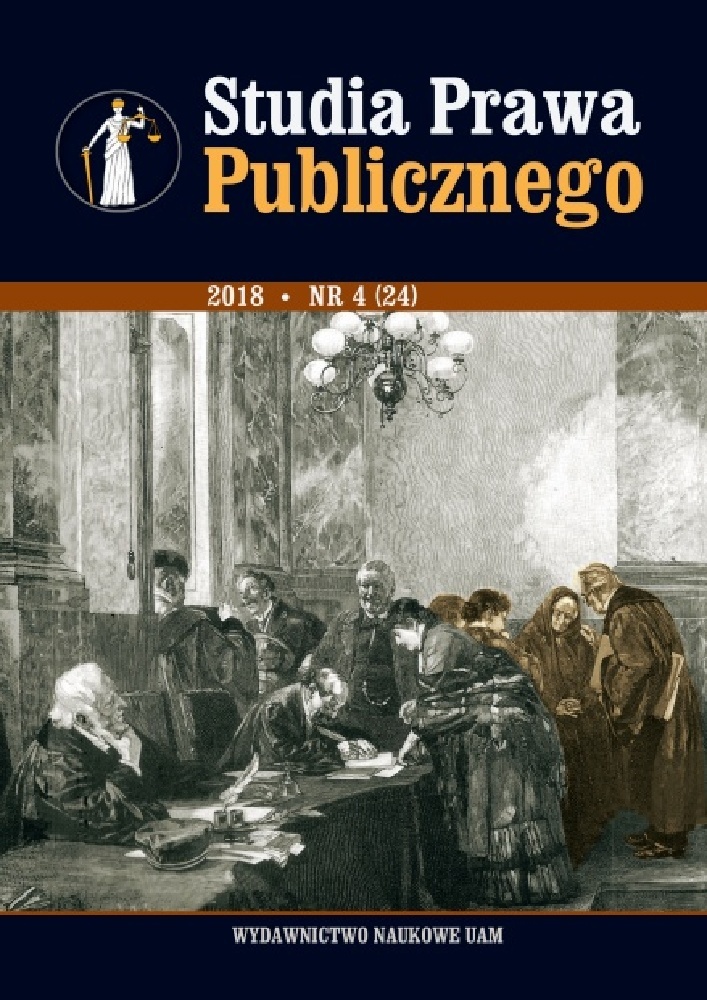Abstract
The aim of the article is to explain the reasons for the introduction of mediation in administrative law. Mediation is presented in the light of the Recommendation of the Committee of the Council of Ministers R (2001)9 of 5 September 2001 on Alternatives to Litigation Between Administrative Authorities and Private Parties. The adoption of this act was justified by the situation of administrative courts in the member states of the Council of Europe. The common problems in the area of justice were the excessive number of court cases, excessive formalisation of court proceedings and a dispute resolution model that would disregard solutions that could satisfy both parties to the administrative dispute. It was also stated that these problems might have a negative impact on citizens’ access to justice and lead to the violation of the rights of the parties to court proceedings, referred to in Article 6 par. 1 of the Convention for the Protection of Human Rights and Fundamental Freedoms. The measures that may constitute an alternative to the judicial resolution of administrative disputes in the Recommendation include: internal control of administrative acts, amicable proceedings/conciliation, mediation, settlement and arbitration. This Recommendation has shaped the Polish solutions in the field of introducing alternative dispute resolution methods to administrative law. However, in the realities of the Polish legal conditions included in the Recommendation, the proposals have become an incentive to introduce only the institution of mediation. First, it became part of the court-administrative proceedings, and then it was introduced to the administrative proceedings. Currently, when after the introduction of mediation to the Code of Administrative Procedure, the use of ADR methods under administrative law has again become the subject of a broader interest in the doctrine, it is worth recalling the reasons why in 2001 the Council of Europe recommended introducing alternatives to national legal orders.
License
Copyright (c) 2018 Bartłomiej Chludziński

This work is licensed under a Creative Commons Attribution-NonCommercial-NoDerivatives 4.0 International License.
